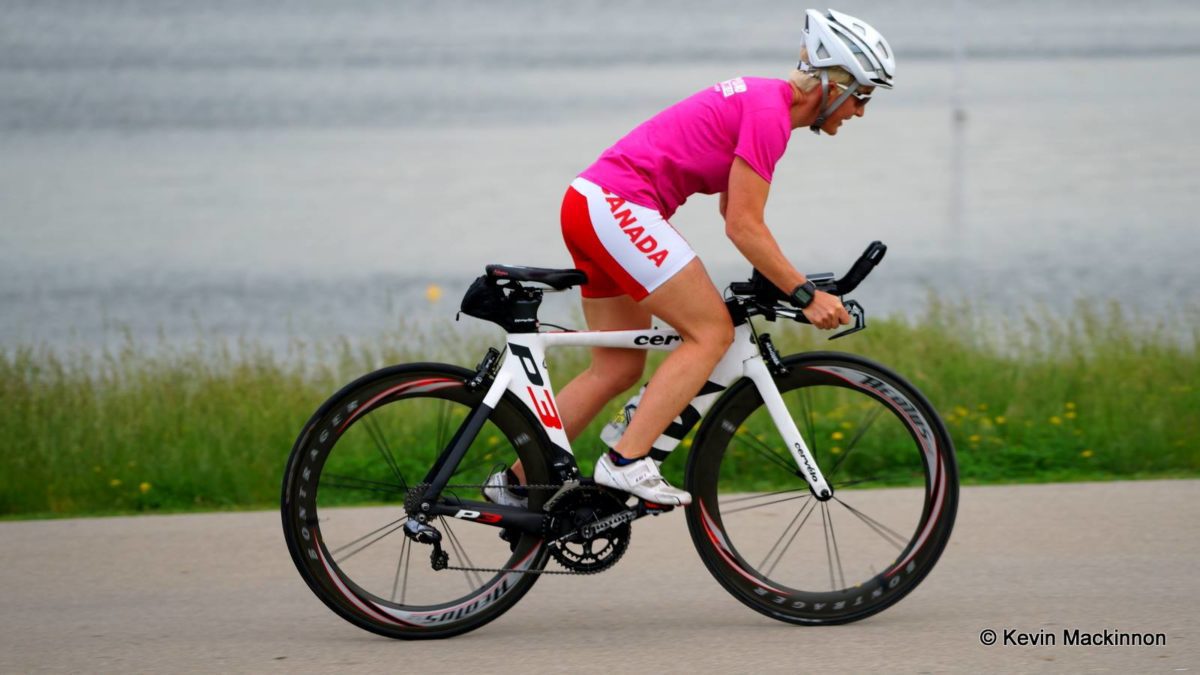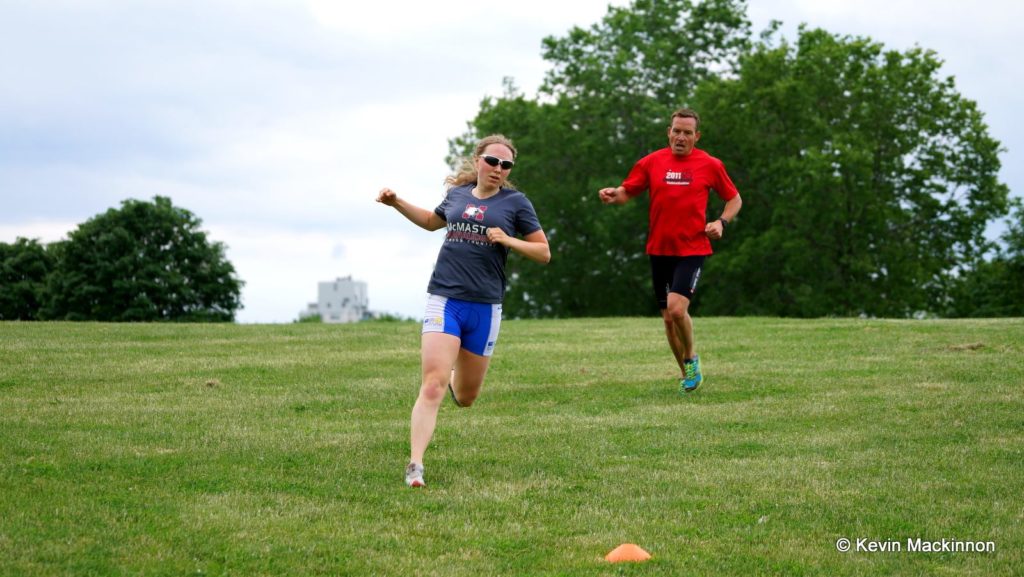Everything you need to know about brick and transition workouts
Follow these tips and tricks (and try this workout) to improve your performances this season
 Photo by:
Kevin Mackinnon
Photo by:
Kevin Mackinnon
Brick and transition workouts are specific triathlon sessions where disciplines are combined. Specifically, a brick would be a complete bike workout combined with a full run session, whereas a transition workout is a short run immediately after a bike workout (generally 10-20 minutes). Brick workouts can also be a combination of swimming and cycling. Even heading out the door immediately after your swim workout to go riding might be considered a brick.
Why should you do these workouts?
These sessions are useful for a variety of reasons, the main being that they are:
- Time efficient: less showering between workouts means more time in the day.
- Triathlon specific: this training creates specific adaptation to the feeling of switching disciplines.
- Race specific: the greater emphasis on this type of race-specific preparation, the more improvement executing organized and effective transitions.
These workouts embody what is special about multisport: combining sport disciplines and the technical aspects of doing so. These sessions are challenging both physically and mentally to execute – perfect practice makes perfect. Paying attention to detail is important. The shorter the race, the more important transitions become to overall performance, so practicing them makes sense ahead of a sprint event.
How to improve your transition technique
The shorter the race, the more important a good transition is going to be. First, go through every item you plan to put in transition and “Marie Kondo” that list. Instead of deciding whether it “sparks joy” or not, ruthlessly consider “is this necessary?” Transitions need to be as simple as possible because decision making is challenging on race day. The key items you truly need are:
- Wetsuit/speedskin
- Goggles and cap
- Helmet
- Glasses
- Bike Shoes (ideally on your bike if allowed)
- Run shoes
- Socks (some can forgo these for short races if practiced)
- Bike
- Race belt/number
Transitions get more complicated with inclement weather, so the list should reflect whether you need a vest, arm warmers or any other warm clothing.
Once you have decided what you need, create a template for your transition. Have your socks in a certain place, your shoes set up with the laces organized how you like, your glasses and helmet where you will always reach for them. Whether you decide to practice T1 or T2, always have things set up the same way. This makes the action of executing a transition routine. The golden rule in triathlon is your helmet always goes on first and comes off last. If you are a beginner, this is an essential step in your transition routine to practice.

Try a brick workout.
Transition workouts are important for beginner athletes to get used to running after cycling. At first, running off the bike can feel awkward, uncoordinated and stiff. With practice, you’ll relax and running will feel more fluid, more quickly. There are a variety of muscular adaptations that happen when you run off the bike that will be trained over time, but simply getting accustomed to the feeling improves your running after riding.
The following is a bike and run brick workout you can try.
PRE-WORKOUT
Set up a transition area with your cycling and run gear. Create a small space that is representative of a transition rack. Give yourself a 30 cm square box of room to fit everything and lay it out in the order that you are going to pick it up and put it on. You will rearrange it all in between rounds as needed.
WARM UP
- 10 minutes running with 4x 20 second strides into:
- 10-15 minutes on the bike with 5 x 15 second surges with 1 minute easy to prime your legs for the main set.
MAIN SET:
- 2.5 km bike at 20 km race pace
- (Execute quick and precise transition)
- 1 km run at 5km race pace.
- Reposition your transition area and jump back on the bike for 2.5 km easy.
- Repeat the set:
- 2.5 km bike at race pace
- (Execute quick and precise transition)
- 1 km run at 5 km race pace.
COOL DOWN
- 10-15 minutes easy riding to finish.
Using distance is a good way to build perspective on how speed relates to power when you are riding, and is a good metric for those not using power data. Pacing yourself riding at this intensity is challenging on hilly terrain. Practicing riding slightly over sustainable pace uphill while recovering a bit on the downhills is key to faster riding, and better running, off the bike.
Paying attention to detail in transition makes this workout a great prerace rehearsal. The transition times in this workout help evaluate how effective they were, while running at race pace off the bike is good preparation for what that feels like when your legs are tired on race day.
Brick and transition workouts are fun, triathlon-specific training sessions key in any race preparation phase of training.
Performing these high-quality workouts, focusing on executing them well, builds confidence ahead of a sprint race.
Mel McQuaid is a regular contributor to Triathlon Magazine. She’s a three-time Xterra world champion. Find out more about her coaching melrad.com
